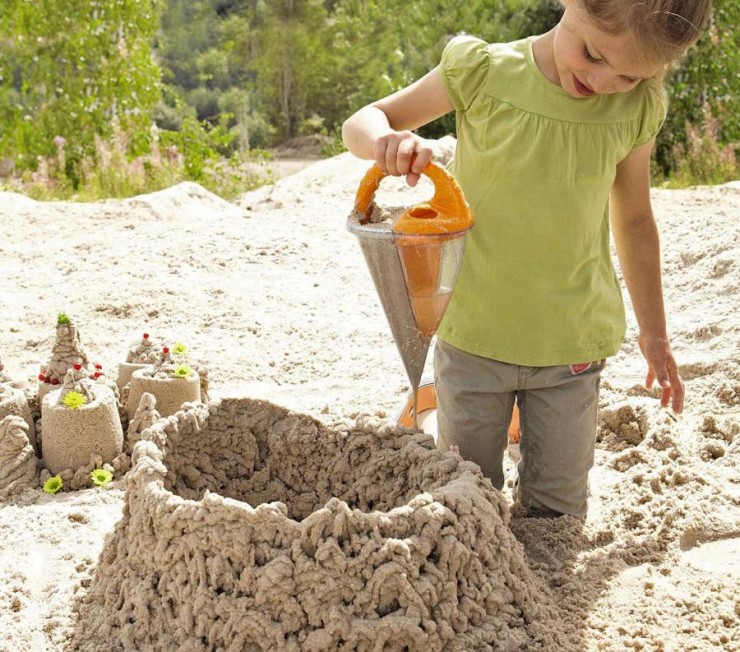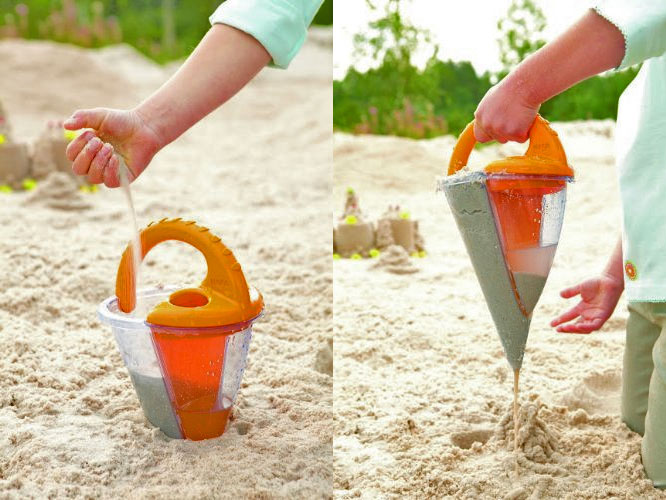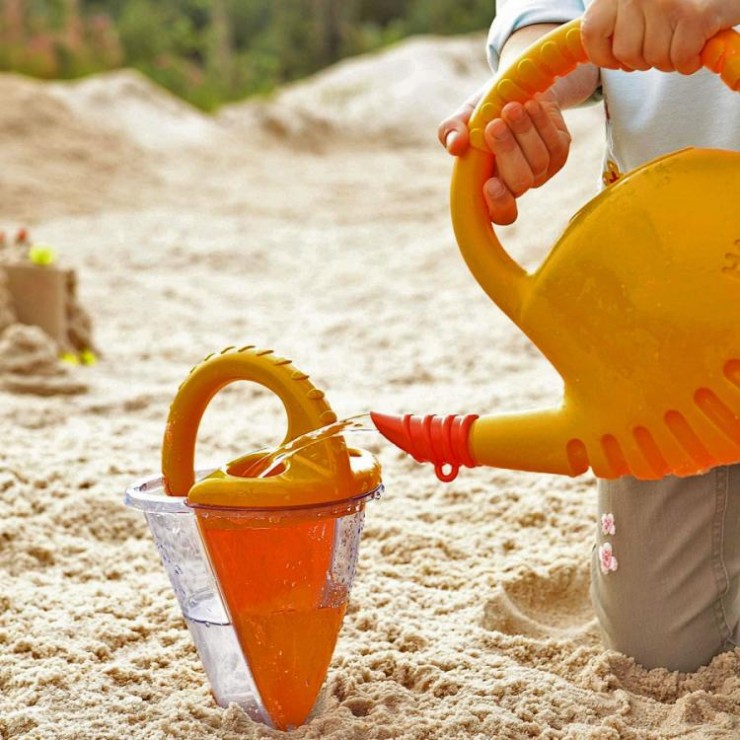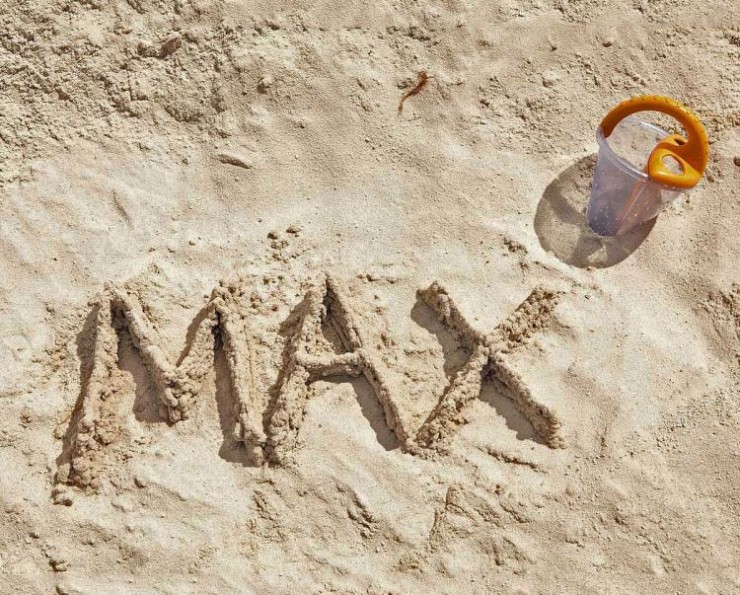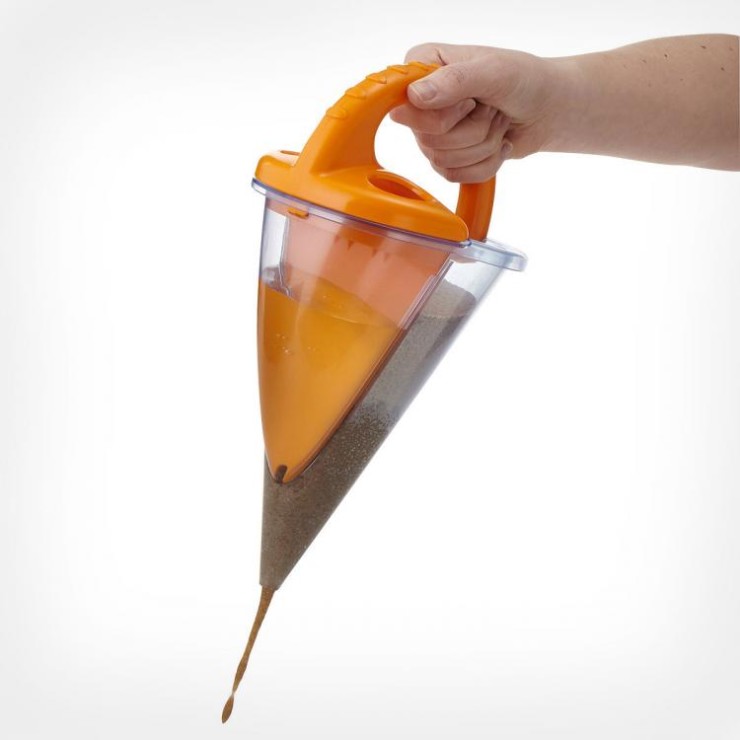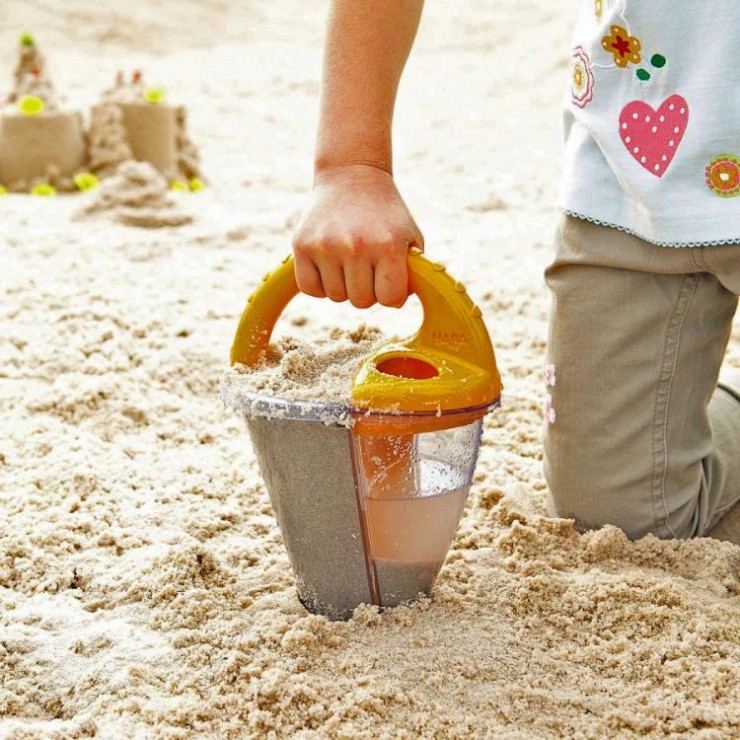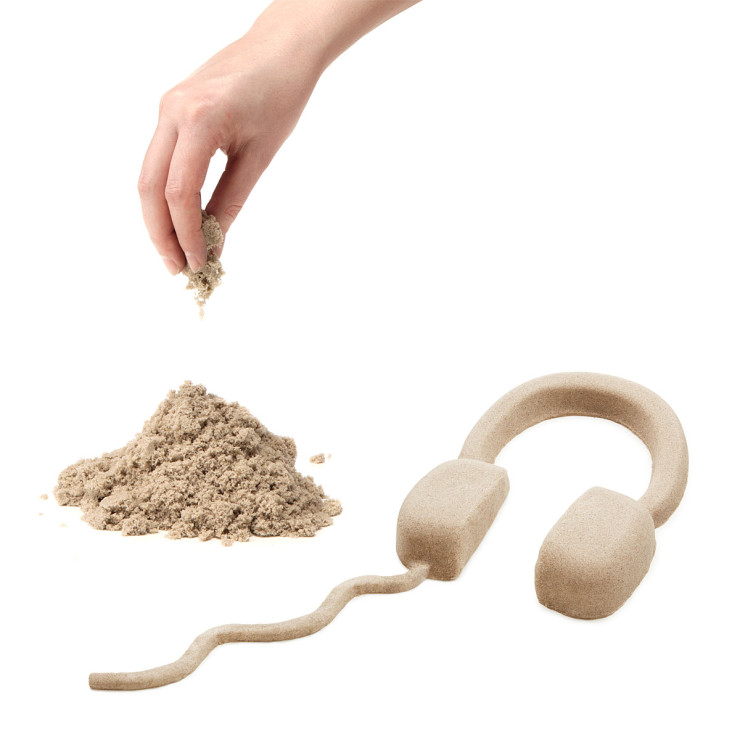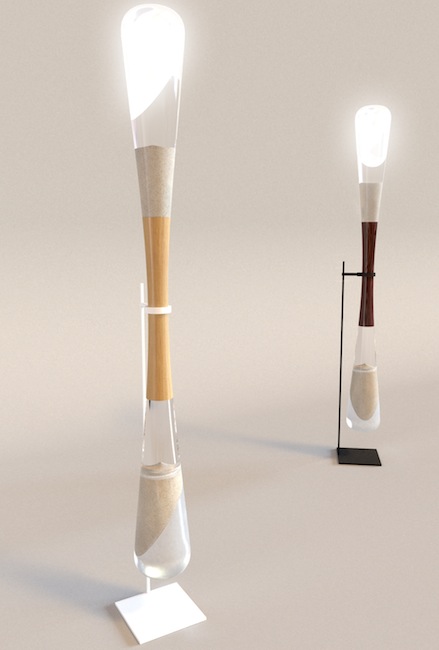Skryf is a unique robotic vehicle built by artist Gijs van Bon. As it moves slowly along the ground, it writes temporary messages using sand. The text will gradually fade away because it is exposed to weather and no one will ever know that it was there. So I guess you can say it is a robot version of Snapchat.

It can print out a single word, or a whole story and it can also write in small or large letters. The robot resembles a weird tricycle, and has a battery pack, motor drive, sand dispenser, and laptop controller on board.

It’s a fun little art project and people seem to love watching it on the street.

[via Laughing Squid]
 In its trek around the surface of the Red Planet, the Curiosity rover reached the sand dunes it already ogled from afar. While that may not sound all that exciting, these images the vehicle captured along its journey provide the first detailed look a...
In its trek around the surface of the Red Planet, the Curiosity rover reached the sand dunes it already ogled from afar. While that may not sound all that exciting, these images the vehicle captured along its journey provide the first detailed look a...
